Rains trigger glacier melts in Uttarakhand, exposing the true cost of rapid development. A deep dive into infrastructure investments, loss of nature, and top projects reshaping the Himalayas by YTC Ventures.
The Tragedy in the Mountains
Uttarakhand is once again facing nature’s fury — cloudbursts, landslides, and now glacier melts have shaken the Himalayan state in the peak of monsoon 2025. Record-breaking rainfall has caused rivers to swell beyond control, roads to crack apart, and ancient hills to collapse under the weight of water and concrete. The serene image of the Devbhumi (Land of the Gods) now resembles a disaster zone.
Behind this devastation lies a deeper question: are we building too much, too fast?
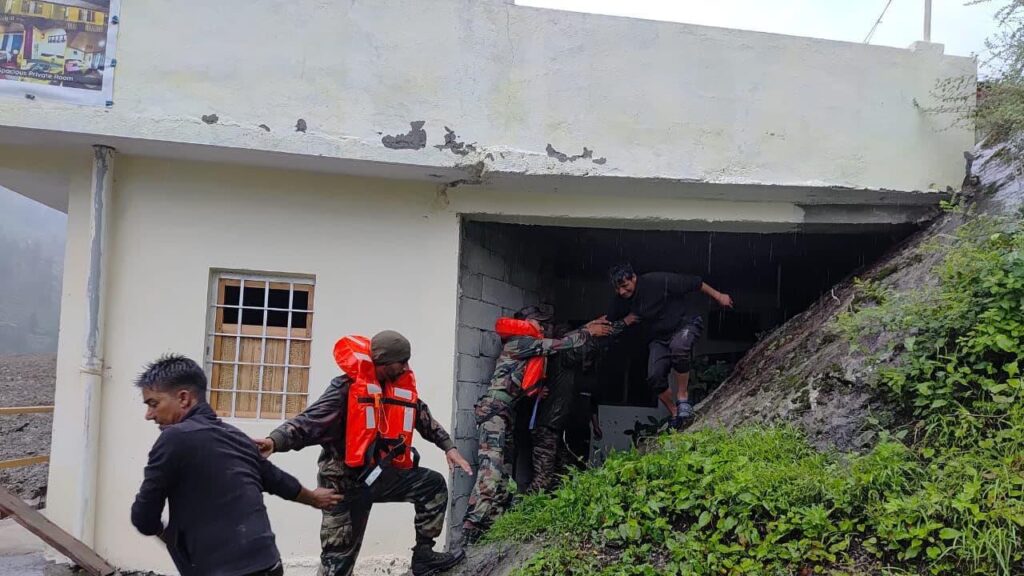
Glacier Collapse or Glacial Lake Breach: The Real Trigger Upstream?
While extreme rainfall and warming temperatures are widely cited as causes for the disaster, multiple experts and satellite data suggest a far more catastrophic chain reaction — a glacial lake breach or glacier collapse upstream. In the higher reaches of Uttarakhand’s fragile Himalayan zones, large glacial lakes have been forming at alarming rates due to accelerated melting. These lakes, dammed only by loose moraines (natural debris), are highly unstable. In the absence of regulated monitoring or early warning systems, one such lake may have breached suddenly — releasing millions of cubic meters of water downstream in seconds. Such a Glacial Lake Outburst Flood (GLOF) creates a high-velocity wall of water mixed with ice, boulders, and silt. It demolishes everything in its path — bridges, roads, forests, even hydropower dams. The 2021 Chamoli disaster was a grim example, and the current event appears eerily similar, if not worse.
Eyewitness reports, video footage, and flash flood timings all point to an upstream rupture or collapse that cascaded into the valleys below. Unfortunately, the lack of real-time sensors, satellite telemetry sharing, and proactive governance in high-risk glacial zones means India is once again reacting to devastation rather than preventing it.
This demands urgent international collaboration, disaster mapping using AI models, and on-ground preventive engineering to stabilize glacial zones before more lives are lost.
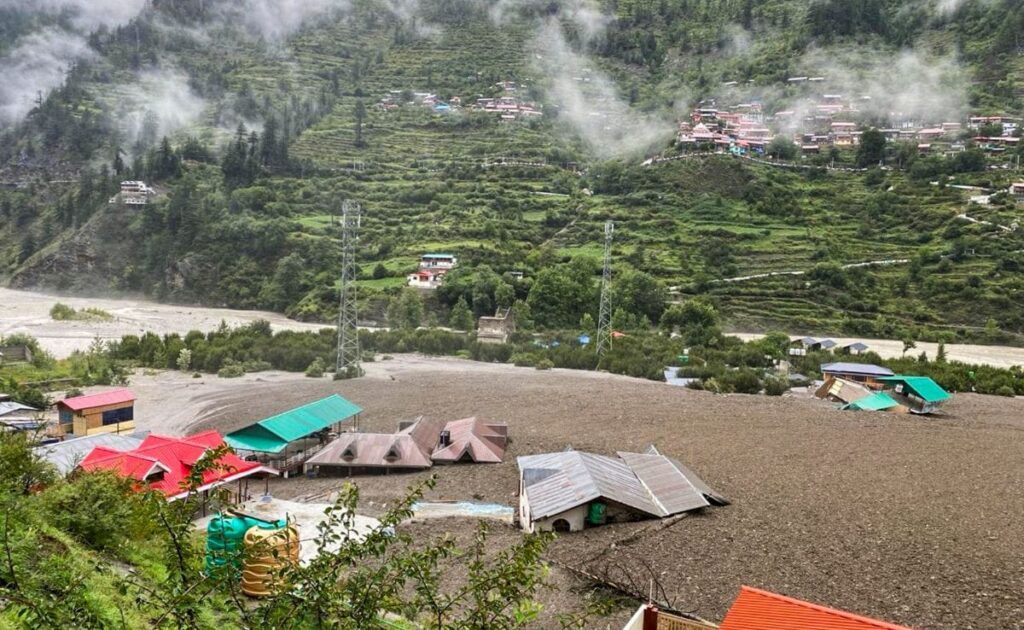
Why Did the Glaciers Melt?
The recent glacier melt in Uttarakhand has been triggered by a dangerous mix of excessive rainfall and rising temperatures. Glaciers already weakened by climate change are now being pushed to their limit by heavy monsoon clouds. Experts warn that many glacial reservoirs are overflowing, unable to contain the melting snow and rainfall.
What makes it worse is the human footprint — roads carved into mountains, dams blocking river flow, and widespread blasting for tunnels have disrupted the natural drainage systems that glaciers rely on.
Uttarakhand Cloudburst Disaster – August 5, 2025
What Happened
On August 5, a powerful cloudburst struck the upper Kheer Ganga catchment in Uttarkashi district, unleashing an abrupt surge of floodwater and debris. In Dharali village and nearby Sukhi Top, the floodwaters surged rapidly, sweeping away homes, shops, hotels, and roads in their path
Impact Assessment
Fatalities: At least 4 confirmed deaths, with around 100 people still missing in and around Dharali
Infrastructure Damage: Entire market areas and over a dozen hotels—especially tourist accommodations—were washed away. Connectivity to Gangotri Dham was cut off due to damaged roads and bridges
Rescue Efforts: Within ten minutes, the Indian Army deployed approximately 150 personnel. SDRF, NDRF, ITBP, and local police participated in the rescue and evacuation operations, saving dozens so far.
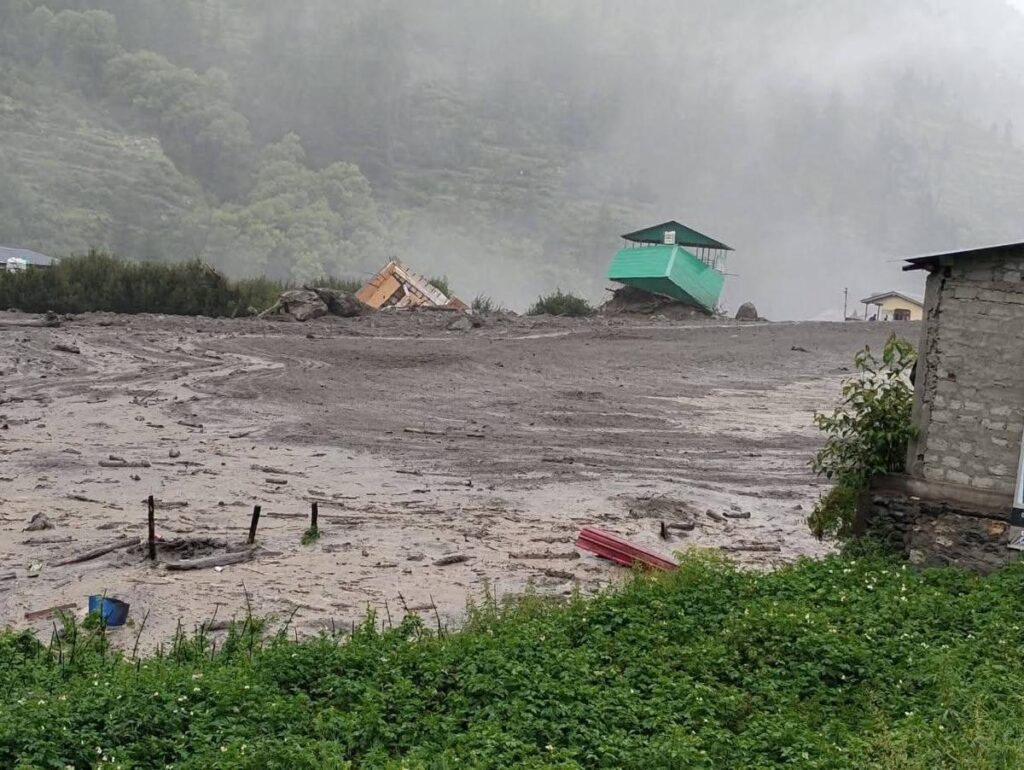
Why It Was So Hazardous
A cloudburst is characterized by rainfall exceeding 100 mm/hour within a localized area. When compounded by steep terrain, loose soil, and disrupted drainage, the downpour escalated into a destructive flash flood, as rivers overflowed and hillslopes collapsed
Context of Recurring Disaster
This is only the latest in a series of cloudburst-related disasters in Uttarakhand. Since 2015, over 7,750 extreme rainfall events and cloudbursts have been recorded, resulting in more than 230 deaths and widespread destruction across the state
Previous notable flash floods occurred in Yamunotri (June 2025), Kedarnath (2024), Nandprayag, and Chamoli, each highlighting the growing vulnerability of infrastructure and communities in the terrain.
Summary Table: Uttarakhand Cloudburst — Key Stats
| Metric | Value |
|---|---|
| Date of Incident | August 5, 2025 |
| Location | Dharali village and Sukhi Top, Uttarkashi |
| Deaths | 4 confirmed, ~100 missing |
| Homes/Hotels Destroyed | Dozens swept away |
| Roads & Bridges Washed Out | Multiple, including routes to Gangotri Dham |
| Search & Rescue Teams Involved | Army (150 personnel), SDRF, NDRF, ITBP |
| Danger Zones Declared | Red alerts across Uttarakhand by IMD |
Why It Matters
This incident isn’t just a weather-induced calamity—it’s a stark reminder of how vulnerable the Himalayan ecosystem has become. As infrastructure projects accelerate without ecological foresight, heavy rains trigger amplified disasters. The recurring cloudburst pattern, especially in Uttarkashi, underscores the urgency for integrated disaster planning, real-time monitoring, and climate-sensitive development strategies.
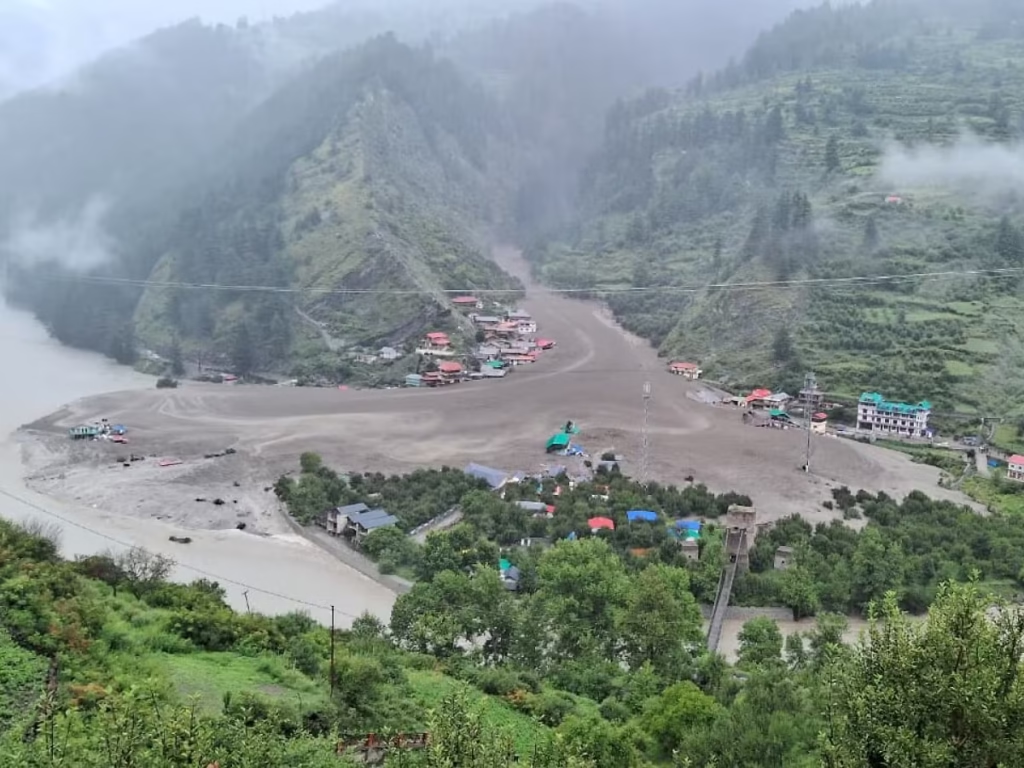
Infrastructure Boom: ₹1.6 Lakh Crore of Progress?
Between 2019 and 2024, Uttarakhand saw an unprecedented surge in civil infrastructure spending. More than ₹1.6 lakh crore was pumped into roads, railways, tunnels, and hydroelectric projects. Major highlights include the Char Dham All-Weather Road Project, which aims to connect the four sacred shrines of Yamunotri, Gangotri, Kedarnath, and Badrinath through wide concrete highways. The Rishikesh–Karnaprayag Rail Line, still under construction, cuts deep through fragile mountain zones. Projects like the Tapovan Vishnugad Hydropower Plant and numerous BRO-led all-weather roads have reshaped the very geology of the region. These are hailed as symbols of modernity — but at what cost?
The Human & Ecological Cost
With every project launched, the earth has responded with a landslide, flood, or glacial crack. This year alone, over 100 people have lost their lives due to rain-related disasters, and the death toll is still rising.
Thousands have been evacuated, dozens of villages are cut off, and major pilgrimage routes remain blocked. Beyond human loss, the ecological damage is staggering. Glacial lakes are bursting due to uncontrolled meltwater, resulting in Glacial Lake Outburst Floods (GLOFs) — sudden, destructive surges of water that sweep away everything in their path.
Topsoil is permanently lost, and forest cover is shrinking.
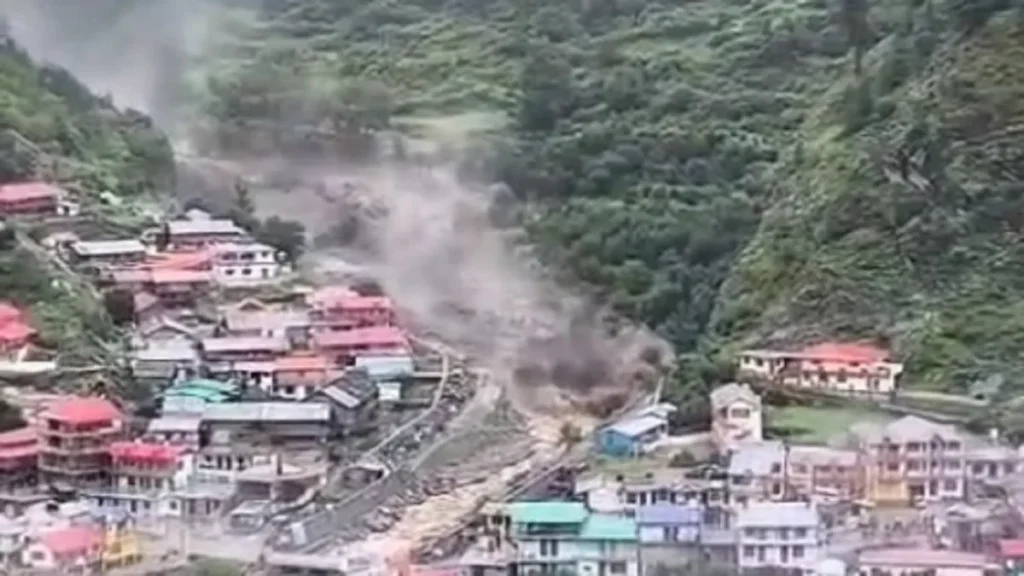
A Dangerous Trade-Off: Development vs. Dharma
The paradox of Uttarakhand is this: while it is being developed in the name of religion, the very foundation of Dharma — respect for nature — is being eroded. Pilgrimage tourism has driven demand for roads, hotels, and transport.
But the carbon footprint, construction debris, and cement structures are now polluting the Ganga and its tributaries. Entire ecosystems are being paved over to bring more people to temple gates. Mountains that were once silent witnesses of prayer are now being torn apart by dynamite.
Top Government Projects in Uttarakhand (Last 5 Years)
| 🚧 Project Name | 🏢 Sector | 💸 Estimated Cost | 📊 Status (2025) | 🌍 Environmental Impact |
|---|---|---|---|---|
| Char Dham All-Weather Road Project | Road/Transport | ₹12,000 Cr | ~90% complete | Heavy deforestation, slope destabilization, landslide zones activated |
| Rishikesh–Karnaprayag Rail Line | Railways | ₹16,200 Cr | ~60% complete | Tunnel blasting in fragile mountains, increased seismic risk |
| Tapovan Vishnugad Hydropower Project | Energy | ₹2,978 Cr | Resumed after 2021 disaster, 70% complete | Glacier disruption, ecosystem interference |
| Lakhwar-Vyasi Hydroelectric Project | Energy/Water | ₹5,700 Cr | 80% complete | River flow changes, biodiversity risk |
| Dehradun Smart City Mission | Urban Infra | ₹1,500 Cr | Phase II ongoing | Loss of green urban cover, hill slope constructions |
| Kedarnath Reconstruction Project | Pilgrimage Infra | ₹1,200 Cr | 100% complete | Tourism boom, overbuilt for high altitude |
| All-Weather BRO Roads (China Border) | Defence Roads | ₹3,500 Cr | Ongoing (multiple segments) | Forest and animal corridor destruction |
| Hemkund Sahib Ropeway Project | Tourism | ₹1,200 Cr | ~40% underway | Tree felling, disruption in alpine meadows |
| Tanakpur-Pithoragarh Highway Widening | Road/Highways | ₹800 Cr | 65% complete | Steep slope cutting, frequent landslides |
| Forest Fire Monitoring System | Environment | ₹85 Cr | Pilot active | Positive step, but limited scale |
Notes:
These projects collectively exceed ₹45,000 Cr in infrastructure investment over the last five years.
Most projects prioritize connectivity and tourism but ignore ecological fragility.
Hydropower projects, especially in glacier-fed rivers, have been linked to flash floods and GLOFs.
Several projects are executed without cumulative environmental assessments, treating each project in isolation.
Graphical Summary
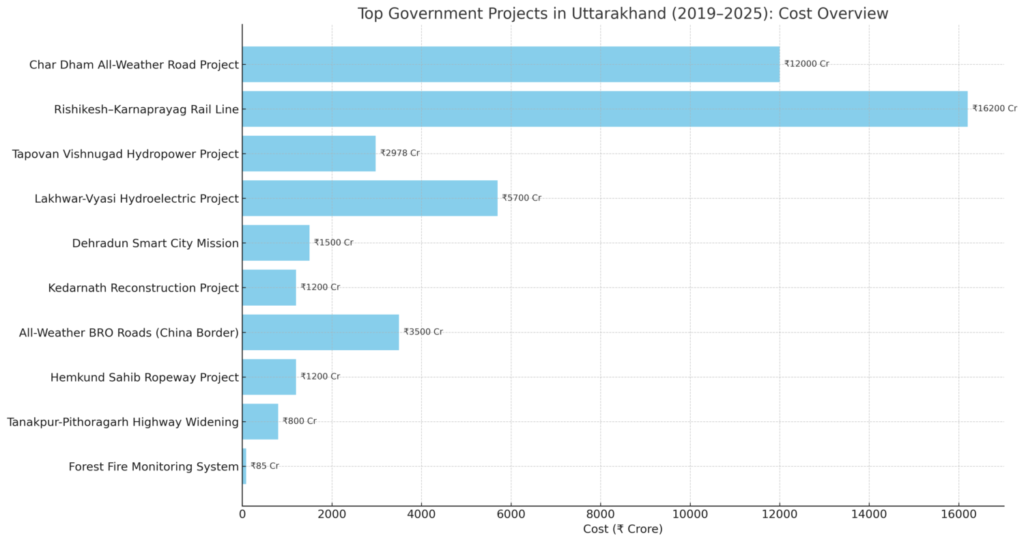
How Much Nature Has Been Changed?
Over the last decade, nearly 32% of Uttarakhand’s forest areas have been disrupted or destroyed. Minor glaciers — over 150 of them — are retreating at an accelerated pace. Infrastructure projects have fragmented critical wildlife corridors, forcing animals into human zones. Springs and natural water sources have dried up in over 300 villages. Sacred groves are gone. The Himalayas, long considered the “lungs” of India, are struggling to breathe.
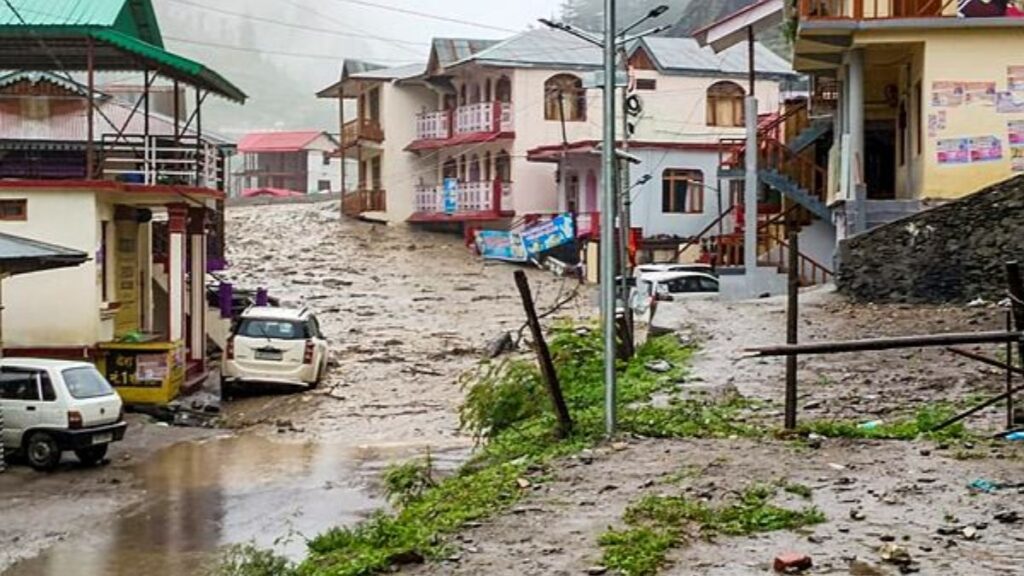
What Can Be Done Now?
The path forward must include balance. Regenerative infrastructure — designed with nature, not against it — is the need of the hour. Altitude limits should be imposed on construction activity. Sensitive zones must be declared “no build” areas. Natural buffers, afforestation, and biosphere reserves should be urgently expanded. And most importantly, local communities, who understand the rhythm of the mountains, must be included in planning and policy decisions.
Conclusion: A Warning from the Himalayas
Uttarakhand is sounding a loud warning bell. We are on the verge of turning a sacred landscape into an ecological graveyard. Real development must not come at the cost of landslides, deaths, and climate collapse. It must harmonize with the pulse of the mountains, not silence it. Dharma is not fulfilled by building more temples — it is fulfilled by protecting the divine beauty of nature itself.
Technocrat Magazine
This special investigation is brought to you by Technocrat Magazine, YTC Ventures, dedicated to decoding the intersection of technology, infrastructure, environment, and economic policy.
With a mission to spotlight critical disruptions shaping India’s future, Technocrat Magazine delivers deep, data-backed analysis on the cost of unchecked development in fragile ecosystems like the Himalayas.
Send e-mail to technocat@ytcventures.com for Media Enquiries.
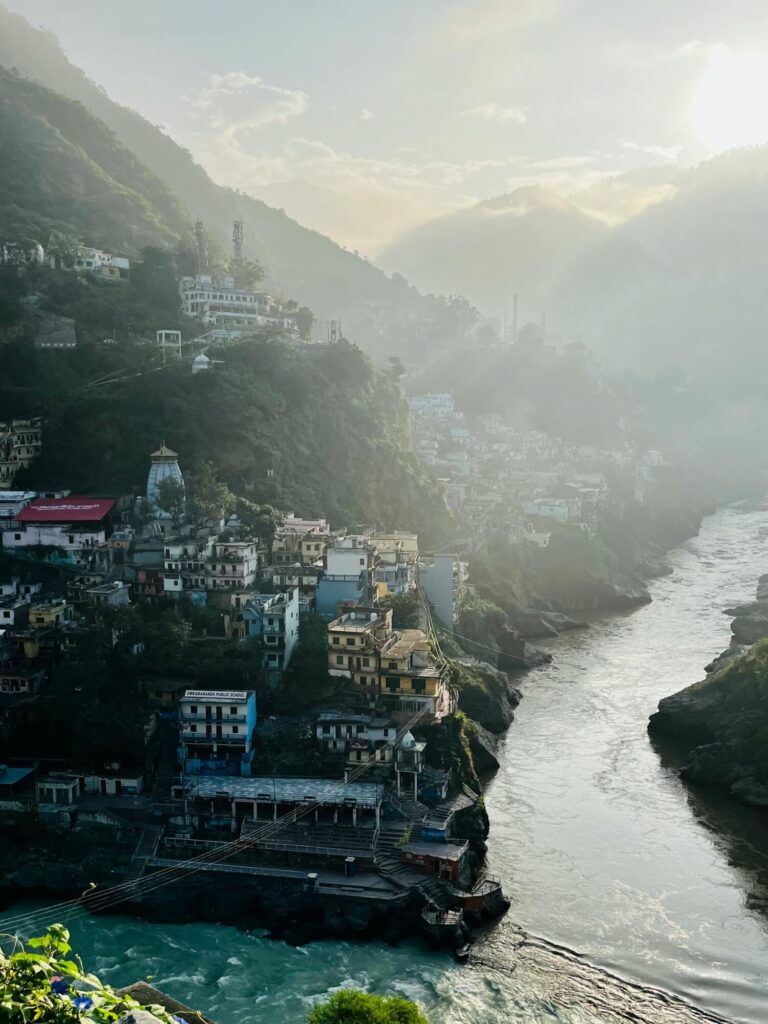

Comments